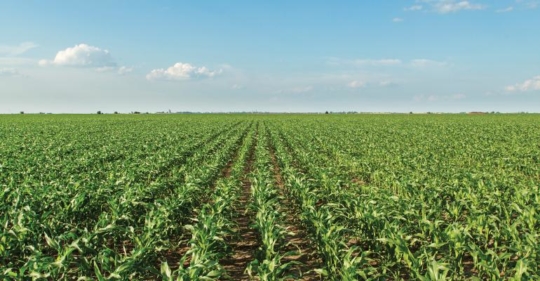Explore our blog featuring articles about farming and irrigation tips and tricks!
Will Your Corn Have Enough N?

By: Rod Swoboda
With the cold, wet weather earlier this spring, planting was delayed in much of Iowa and the Midwest. Farmers have had to hustle to get seed in the ground, and they’re now looking ahead to the next big question: Is there enough nitrogen?
You don’t want your crop to run short of N and limit yield potential. On the other hand, achieving high corn yields doesn’t always mean more nitrogen is needed.
“Although corn yields have risen steadily in the past 50 years, these higher yields don’t necessarily require more nitrogen,” says Jim Friedericks, agronomist and education adviser for AgSource Laboratories, a soil testing and consulting service at Ellsworth in central Iowa.
How do you know how much nitrogen fertilizer is enough? Nitrogen-use efficiency (NUE) is a term used to indicate the ratio between the amount of nitrogen removed from the field by the crop and the amount of nitrogen applied, he explains. Along with improvements in corn yields, the efficiency of nitrogen use by the crop has improved over the last 50 years, which means you don’t need to apply excessive amounts of fertilizer to get the best harvest. It’s all about the 4R’s: right place, right time, right source and right rate.
Stay up to date on all T-L news and get alerts on special pricing!


